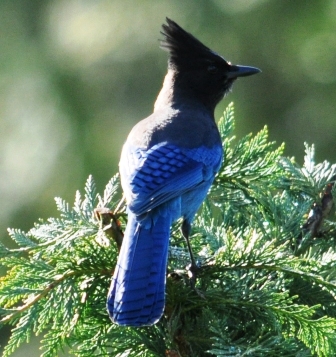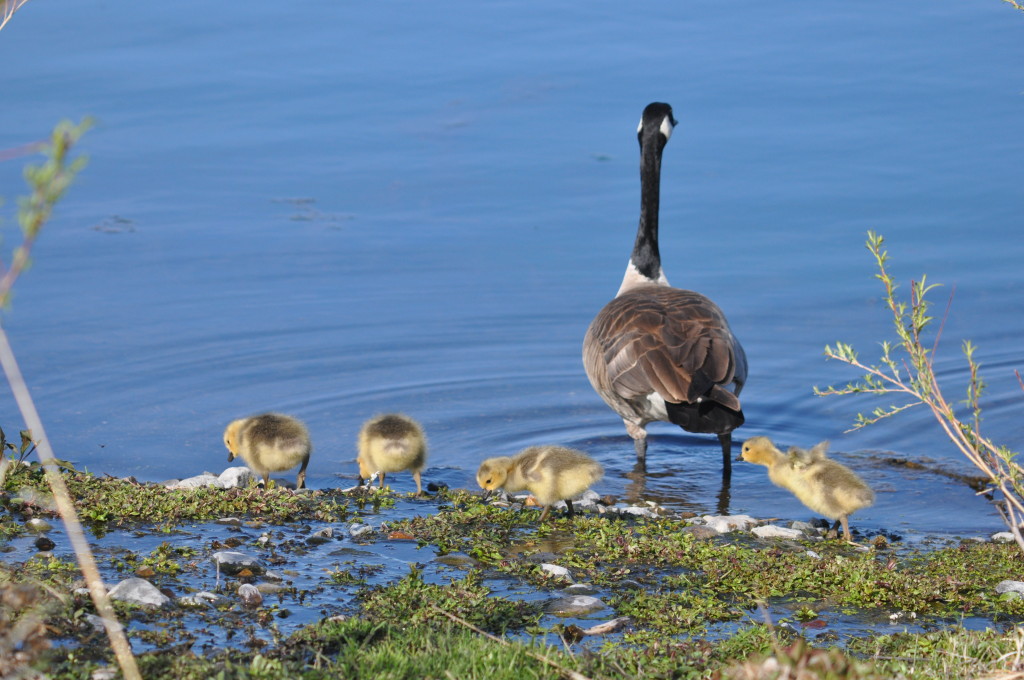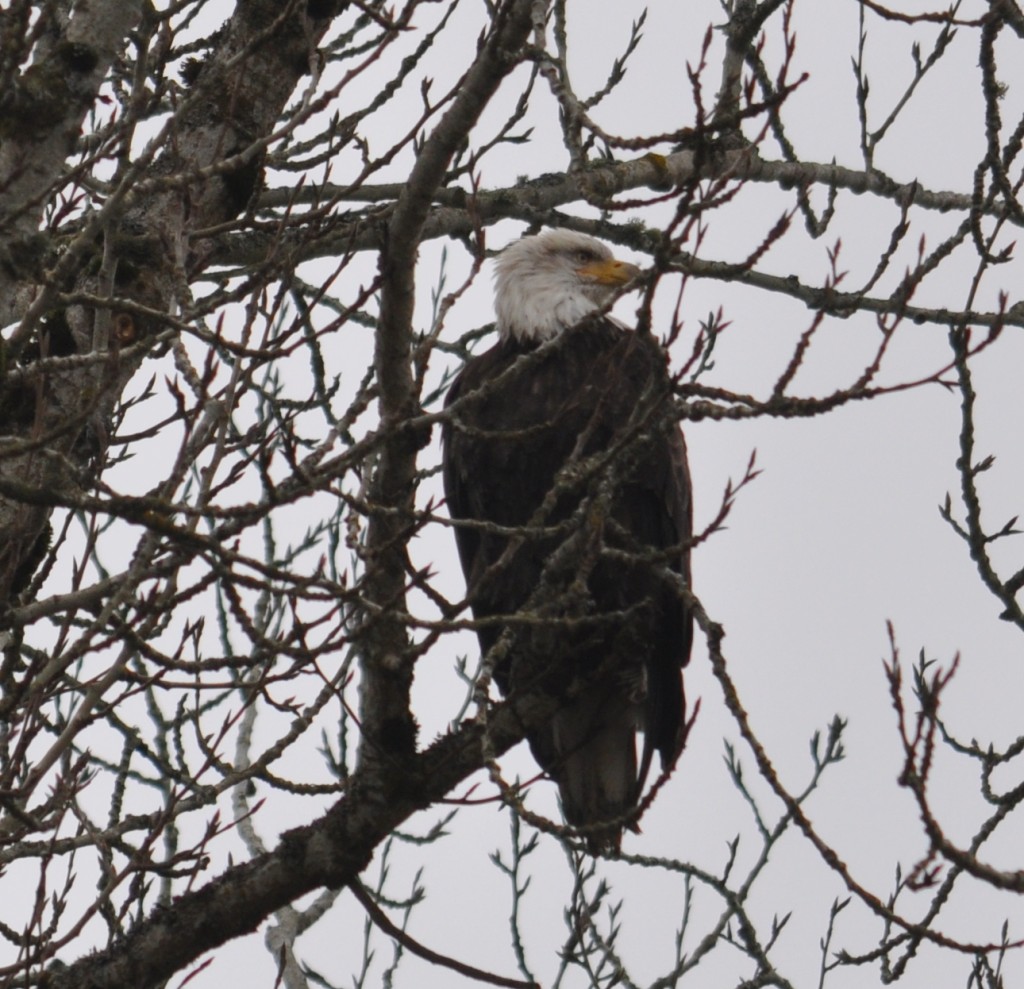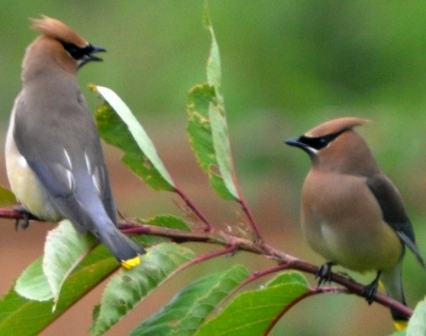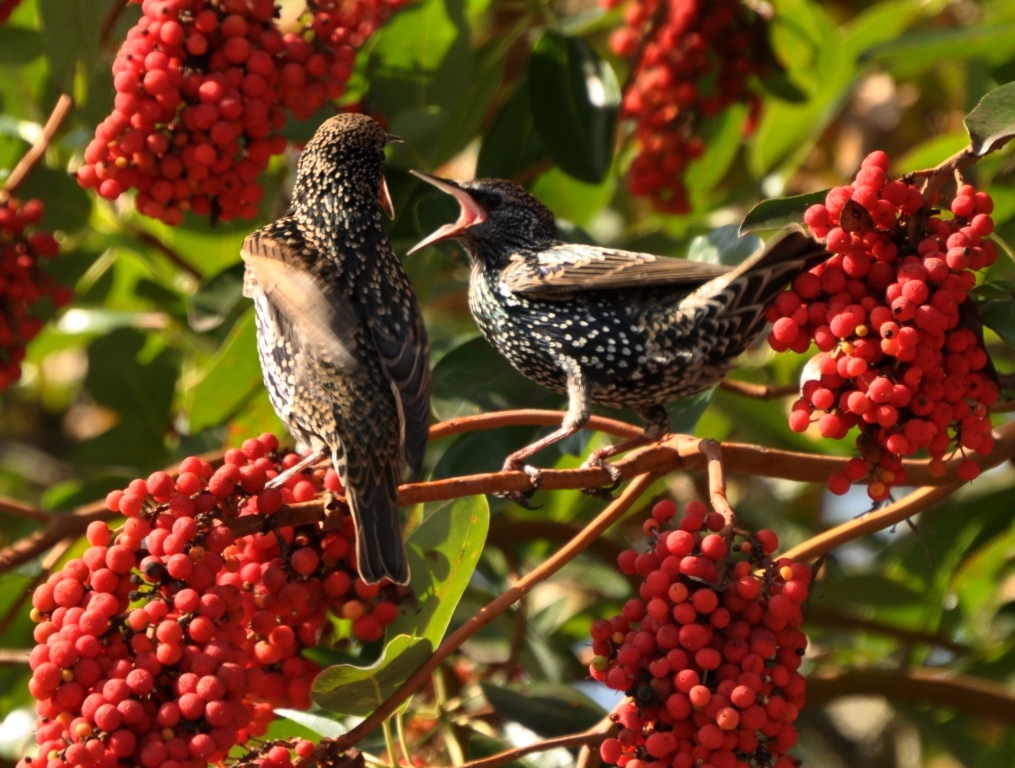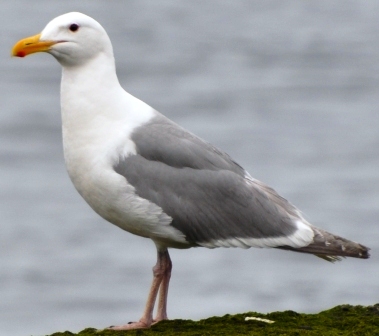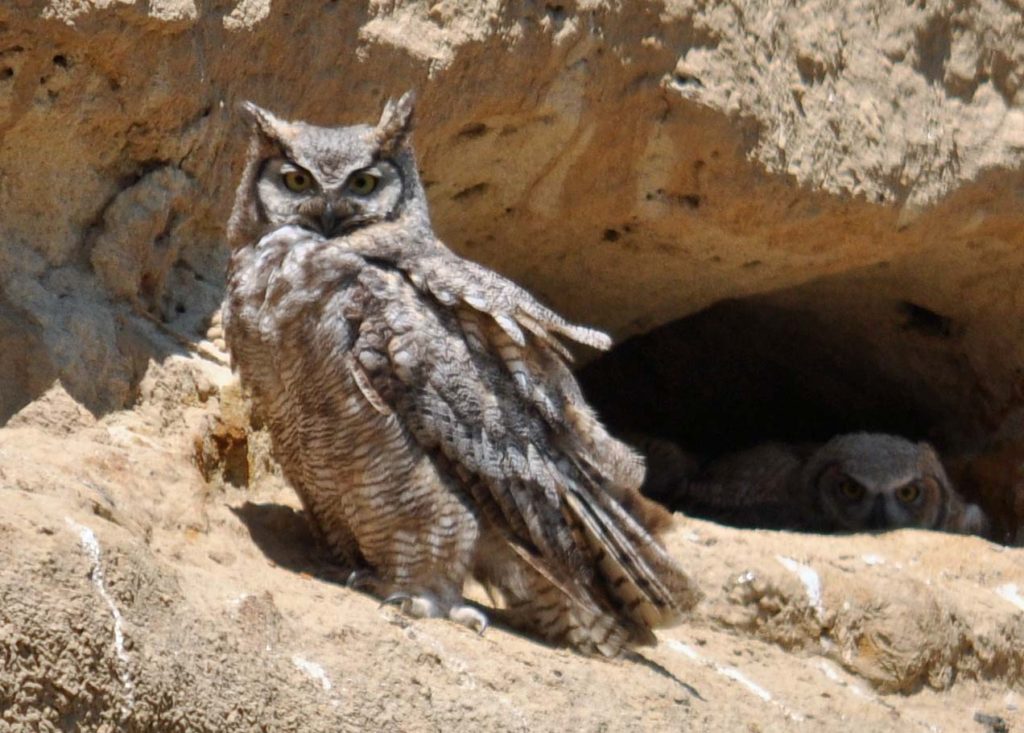Phylum: Chordata Class: Aves
Primary references: “Birds of Washington,” by Stan Tekiela; “Our Pacific Northwest Birds and Habitat” by Craig and Joy Johnson;”Field Guide to the Pacific Northwest,” National Audubon Society
18 Orders and approximately 152 species of Aves represent wildlife in the Northwest:
- Gaviifformes – Loons
- Podicipediformes – Grebes
- Procellariiformes – Albatrosses, Shearwaters, Petrels
- Pelicaniformes – Pelicans
- Ciconiiformes – Herons, Storks, and allies
- Anseriformes – Waterfowl
- Falconiformes – Diurnal birds of prey
- Galliformes – Fowl-like birds
- Gruiformes – Cranes, Rails, and their allies
- Charadrriiformes – Shorebirds, Gulls, and Auks
- Columbiformes – Sandgrouse, Dodos, Pigeons, Doves
- Cuculiformes – Cuckoos and their allies
- Strigiformes – Owls
- Caprimulgiformes – Goatsuckers and their allies
- Apodiformes – Swifts and Hummingbirds
- Coraciiformes – Kingfishers and their allies
- Piciformes – Woodpeckers and their allies
- Passeriformes – Perching birds
The number, variety, color, character and behavior of bird species worldwide is incredible. Add the intriguing possibility of a dinosaurian lineage and the class of animals we call Aves are a dazzling study. There are 8700 living species estimated throughout the world today. Aves consists of 2 Subclasses, the True Birds and the Ancestral (extinct) Birds. True Birds comprise 27 living orders worldwide, just nine of which do not have at least one wildlife representative in the Northwest. We are without Penguins, Ostriches, Rheas, Cassowaries and Emus, Kiwis, Tinamous, Mousebirds, Parrots, and the Trogons. These species are either inhabitants of tropical, sub-tropical, or arctic regions.So what does that leave us with? A lot! For the purpose of NWWOL the avian wildlife referenced here includes any species, migratory, transient, or permanent. If there is a chance that you can see it, it is probably listed here. I estimate that the Northwest is home to at least 18 Orders of birds that represent over 152 species. From the Great Grey Owl with its five foot wingspan to the tiny Rufous Hummingbird our Northwest fields and forests abound with avian wildlife. Expansive sea coasts, deep forests, and deserts add a touch of variety to our bird life unlike any other region in the United States. |
<
>

